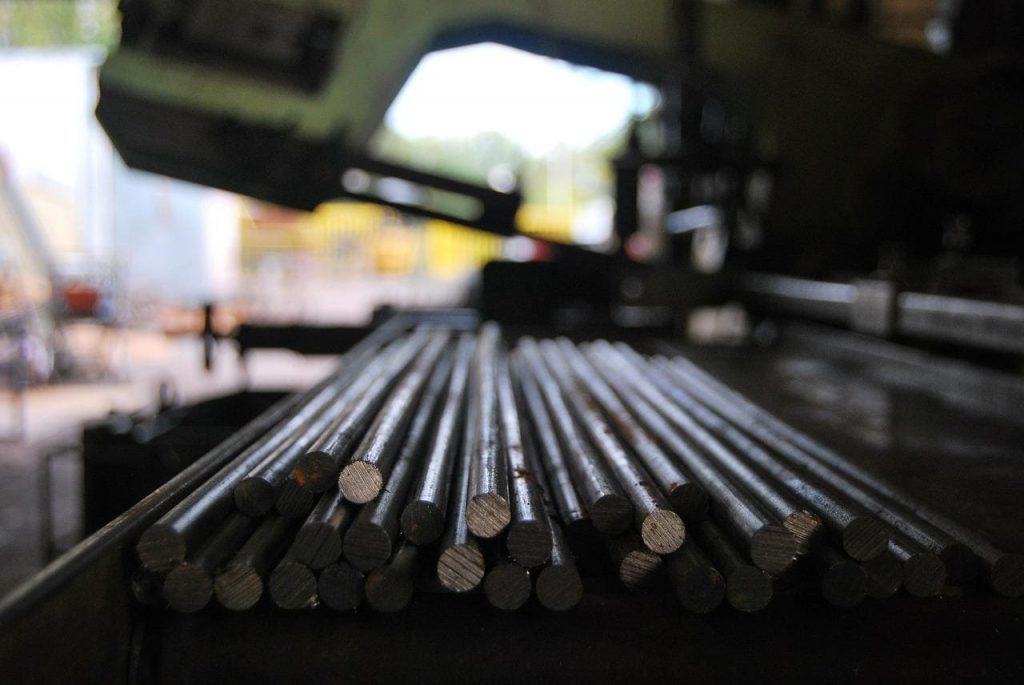
Stamping
SHEET METAL PROCESSING BY SEPARATION USING TOOLS ON PRESSES
Cutting and punching are the tasks of processing the separation of parts of the material, using tools that are placed on the processing presses.
1. Cutting, punching and other similar operations
1.1. Separation force and deformation work
1.2. Waste removal force
2. Possibilities for reducing the cutting force
2.1. Tools with beveled cutting edges
2.2. Tools with knives of different lengths
2.3. Elevated temperature treatment
3. Obtaining high quality separation surfaces
4. Principles of rational use of materials in cutting
SHEET METAL PROCESSING BY SEPARATION METHOD ON MACHINE SCISSORS
This method consists of two basic processing groups:
– cutting with scissors,
– cutting, punching and trimming with the help of tools on processing presses
1. Cutting sheets on machine scissors
1.1. Cutting on scissors with straight parallel knives
1.2. Cutting on scissors with straight bent knives
1.3. Cutting on scissors with circular knives
1.4.Scissors with vibrating knives
PUNCHING AND CUTTING TOOLS
One of the possible classifications of tools of this type: “
1. Classification of tools
2. Basic elements and functioning of cutting and punching tools
3. Clearances and tolerances of tool making
4. Calculation and construction of tools
4.1. Cutting and punching matrix
4.2. Prosecutors and punchers
4.3. Elements for removing pieces and debris
4.4. Tool guide elements
4.5. Boundaries
4.6.Material guides
5. Attach the tool to the press
6. Obtaining quality surfaces by cutting
SHEET METAL PROCESSING
Bending is one of the most common jobs of metal processing by deformation. It is often done in combination with drawing, cutting, etc. This type of processing can be performed using tools mounted on presses, special machines, as well as on rollers.
1. Analysis of single-angle bending
1.1. Neutral layer position
1.2. Determining the dimensions of the starting piece – developed length
1.3. Minimum permissible internal bending radius
1.4. Elastic straightening of bent parts (return)
1.5. Largest bending radius
2. Bending stresses and bending moments
2.1. Moments of internal forces
3. Moments of external forces and bending forces
3.1. Double angle bending with sheet metal holder
3.2. One-angle bending in an open tool
3.3. One-angle bending in a closed tool
3.4. Circular bending of the ends
4. Bending with rollers
5. Profile bending
BENDING PROCESSING TOOLS
Bending is one of the most common OMD works. It is often combined with cutting, drawing, etc. Bending processing can be performed in the following ways:
1. Recommendations for tool construction
2. Examples of bending tools
Features and Benefits
Sheet metal is light and durable, and parts of sheet metal can often withstand higher pressure and heat compared to materials made of plastic. In addition to being durable as a material, sheet metal is also flexible. That is why it can be bent into various shapes with the help of tools on presses, while maintaining its structural integrity.
Applications
Sheet metal is used to make a variety of products such as car bodywork, roofing materials, housings of major household appliances, accessories and for a number of various other applications.



